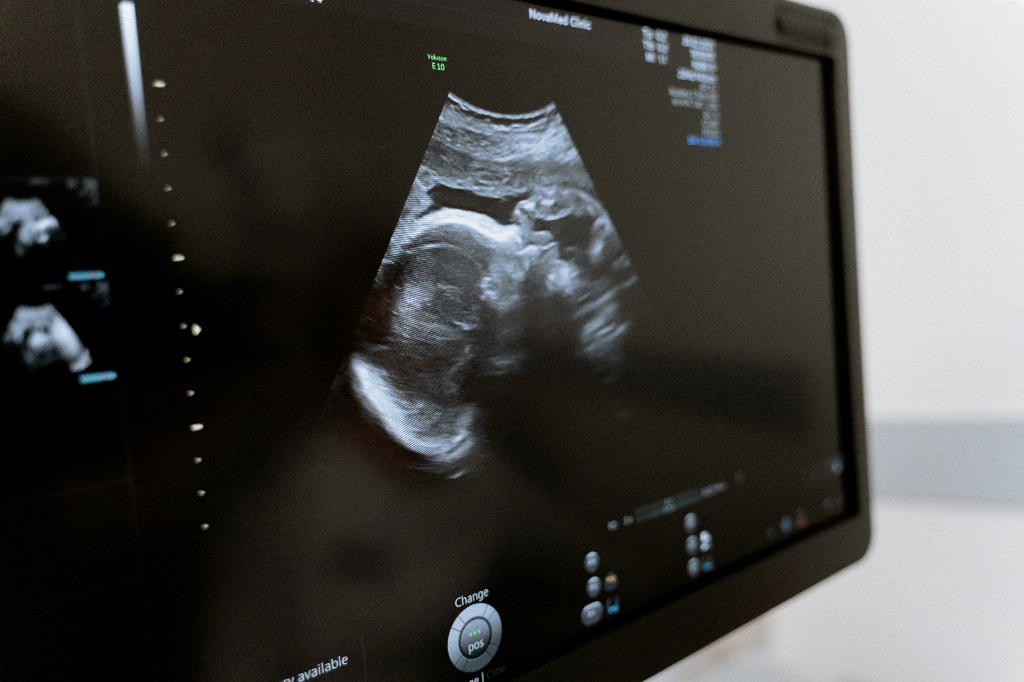One of the key indicators of pregnancy in pigs is nesting behavior. This behavior typically occurs about 7 to 10 days before the sow is due to farrow. During this time, the pregnant pig will exhibit signs of nesting as she prepares her environment for the arrival of her piglets.
Another way to detect pregnancy in pigs is to monitor their appetite and eating habits. Pregnant sows may experience an increase in appetite as they require more nutrients to support the growing fetuses. Observing changes in the pig’s eating patterns can provide valuable insight into her reproductive status.
Changes in body condition can also be indicative of pregnancy in pigs. A pregnant sow may develop a rounded, bloated appearance as the pregnancy progresses. This change in body shape, along with the development of a larger abdomen, can be a visible sign of pregnancy.
Palpation, or gently feeling the pig’s abdomen, can help detect pregnancy in pigs. Experienced farmers or veterinarians can palpate the sow’s abdomen to feel for the presence of developing fetuses. This method requires a skilled hand to accurately assess pregnancy.
Ultrasound technology is another advanced method for detecting pregnancy in pigs. By using an ultrasound machine, veterinarians can visualize the developing fetuses inside the sow’s uterus. This non-invasive technique provides a direct way to confirm pregnancy and monitor fetal development.
Monitoring the pig’s behavior can also offer clues about her pregnancy status. Pregnant sows may exhibit certain behaviors such as seeking out secluded areas for nesting, vocalizing more frequently, or displaying signs of restlessness as they near farrowing.
Changes in the pig’s reproductive cycle can be an indicator of pregnancy. If the pig shows signs of estrus or heat, but then does not cycle again, it may suggest that she has conceived and is pregnant. Understanding the pig’s reproductive cycle can help determine her pregnancy status.
Weight gain is a common sign of pregnancy in pigs. As the sow progresses through her pregnancy, she will typically gain weight due to the growth of the developing fetuses. Regularly weighing the pig and monitoring her weight gain can help confirm pregnancy.
Observing the pig’s teats can also provide information about her pregnancy status. As the sow prepares for farrowing, her teats may become enlarged and more prominent. Changes in the size and appearance of the teats can be a clear sign of pregnancy.
Behavioral changes, such as increased aggression or nesting behavior, can be indicative of pregnancy in pigs. Pregnant sows may exhibit protective behavior towards their nesting area and piglets, showing a maternal instinct that signals impending farrowing.
Blood tests can be used to detect pregnancy in pigs by measuring hormone levels associated with pregnancy. Veterinarians can perform blood tests to check for the presence of pregnancy-specific hormones, providing a definitive confirmation of pregnancy status.
Ultimately, a combination of these methods can be used to detect pregnancy in pigs effectively. By closely monitoring the pig’s behavior, physical changes, and reproductive cycle, along with utilizing advanced techniques like ultrasound and blood tests, farmers and veterinarians can accurately determine if a sow is pregnant and prepare for the upcoming birth of piglets.

